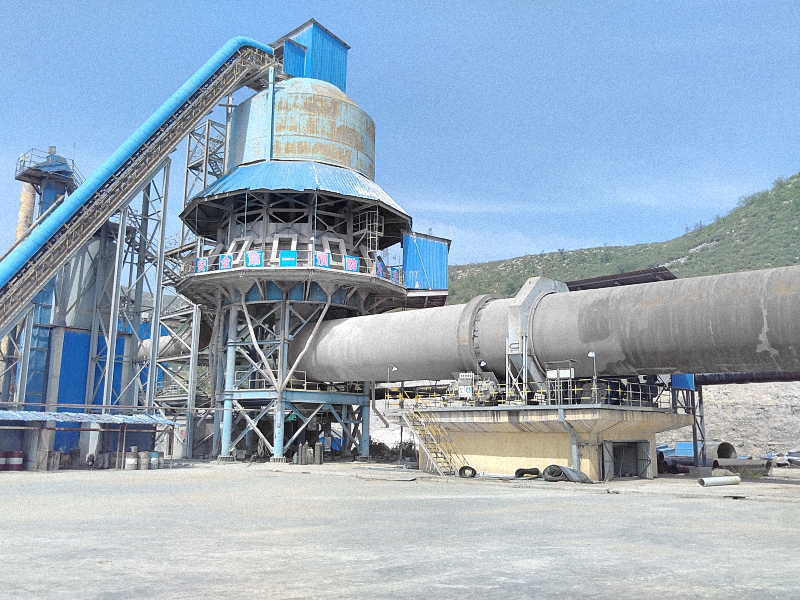- +8618937185591
- +8618937185591
- ec19@zkcorp.com
- +8618937185591

Calcination is a key process in limestone production. The quality of calcination has a great impact on the quality of subsequent products.Therefore, it is important to study the influencing factors in the calcination process of limestone to improve the quality of products.

The main component of limestone is calciumcarbonate. Calcined to produce quicklime can be used to prepare calciumcarbide, ash calcium powder, lime paste, light calcium carbonate, nano calciumcarbonate and other products. It is an important industrial raw material.Calcination is a key process in limestone production. The quality ofcalcination has a great impact on the quality of subsequent products.Therefore, it is important to study the influencing factors in the calcinationprocess of limestone to improve the quality of products.
Limestone calcination work principle
Limestone is a carbonate mineral. Aftercalcination at a certain temperature, calcium carbonate, magnesium carbonateand the like are decomposed to emit carbon dioxide (CO2). The main component ofthe calcined limestone is calcium oxide. The reaction equation is:
Calcination of limestone is generallycarried out in a lime kiln. Calcination of limestone is a series of processesinvolving physical and chemical changes. According to these changes, limestoneis calcined in a kiln into three sections:
Factors affecting calcination
The series of physical and chemical changesof limestone in the shaft kiln is complicated. In actual operation, in order tobetter control the calcination of limestone in the shaft kiln, to achieve highquality, high yield, stable low consumption, it is necessary to strict control:
1. Limestone calcination temperature
Limestone calcination rate has a greatrelationship with temperature. At normal pressure, the decompositiontemperature of limestone is 898 ° C, and it decomposes rapidly after thetemperature is greater than 925 ° C. When the calcination temperature is 900 °C, the limestone decomposition rate is 3.3 mm / h; 1000 ° C is 6.6 mm / h; 1100° C is 14 mm / h. It can be seen that increasing the calcination temperaturecan accelerate the decomposition of limestone. However, when the calcinationtemperature is higher than 1100 ° C, over-burning is liable to occur, the limecrystal grains are rapidly increased, the lime activity is deteriorated, thedigestion time is increased, and the product quality is lowered. Therefore, thecalcination temperature should be controlled at about 1050 ° C in actualproduction.
2. Limestone particle size, grain shape
The calcination rate of limestone dependson the particle size of the limestone, and the larger the particle size, theslower the calcination rate. The decomposition of calcium carbonate inlimestone is promoted layer by layer. The thermal conductivity of quicklime issmaller than that of limestone. The thicker the lime layer, the worse thethermal conductivity and the longer the heat transfer time. The more difficultit is to decompose CO2. Escapes, causing the generated lime to graduallyincrease in CaO crystal due to a long period of high temperature, and thedecomposition rate is lowered. It can be seen that the large-diameter limestonehas a longer decomposition time than the small particle diameter, and calcinationis also more difficult.